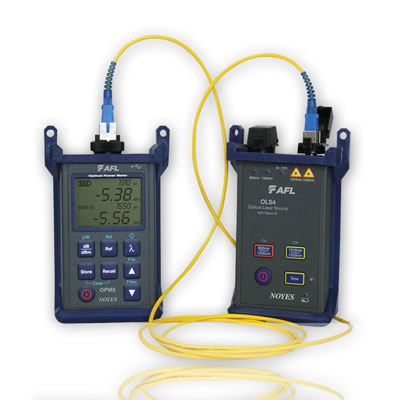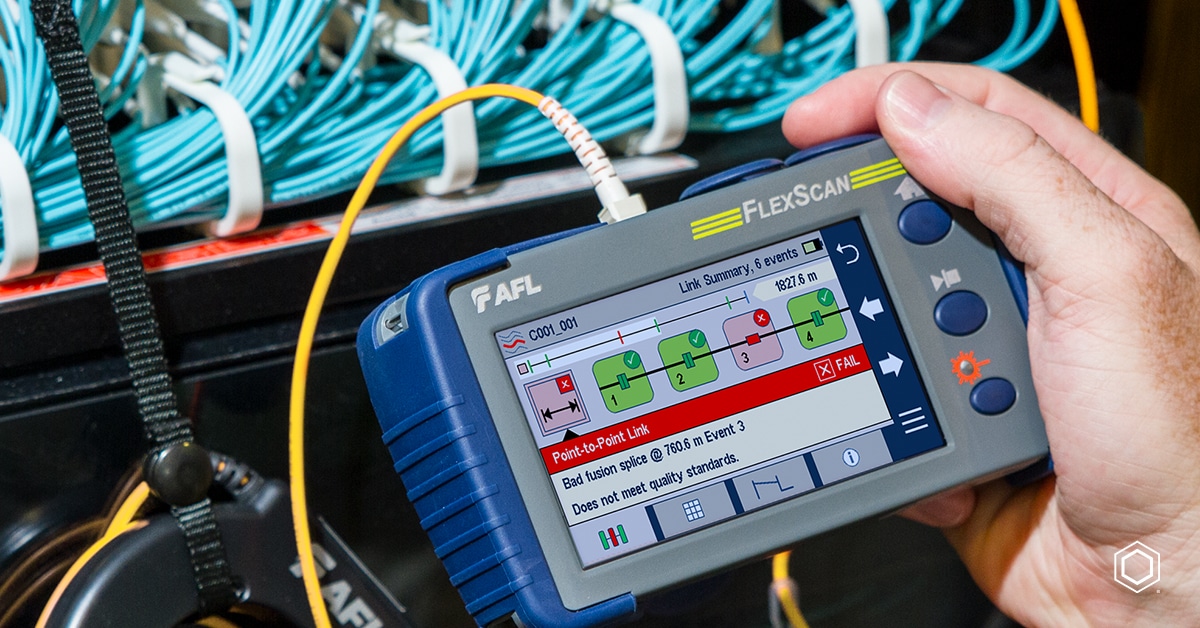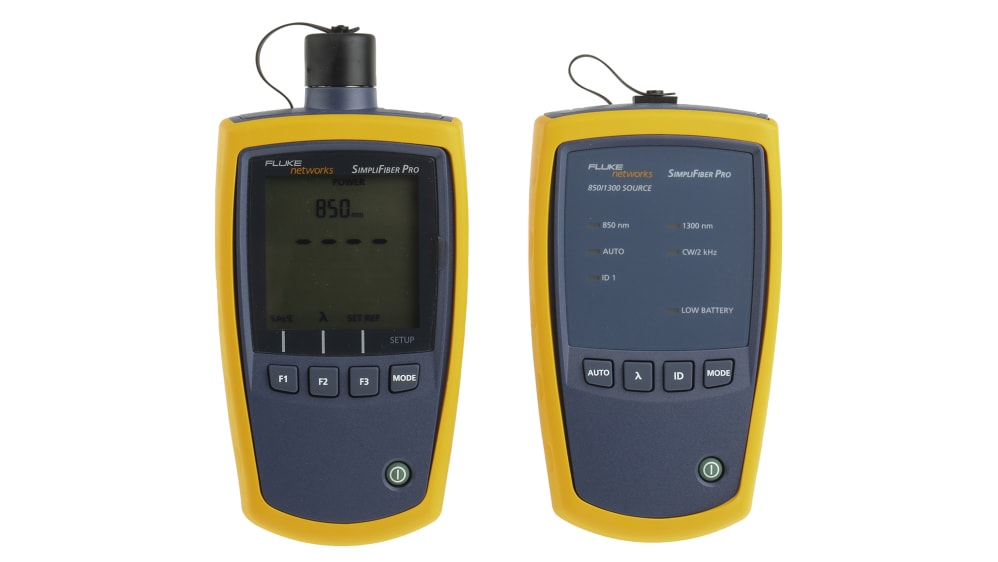Engineers work with the optical fibre diameter analyser to maintain fibre uniformity.
Unveiling the Key Use Optical Fibre Evaluating for Efficient Data Transmission
In the world of contemporary communication, optical fibre screening becomes a necessary technique for maximizing data transmission. By using methodologies such as Optical Time Domain Reflectometry (OTDR) and insertion loss assessments, network drivers can efficiently determine and address problems that may compromise signal honesty. As the need for faster and a lot more reputable connections remains to climb, the implications of these testing methods prolong beyond prompt fault detection, influencing lasting network performance. Understanding the diverse applications of optical fiber screening welcomes a much deeper expedition into its pivotal duty fit the future of information interaction.

Importance of Optical Fiber Testing
The importance of optical fibre testing can not be overstated, as it works as an important element in making sure the reliability and efficiency of information transmission systems. In a period where high-speed interaction is extremely important, any kind of shortages in fiber optics can bring about substantial information loss and minimized performance. Consequently, strenuous screening methods are necessary to verify the integrity and performance of optical wires.
Checking enables the identification of flaws such as micro-bends, macrobends, and splice losses that can impede signal high quality. It offers insights right into the total depletion and data transfer abilities of the fibre, guaranteeing that the network meets particular functional requirements. Regular screening not only enhances system performance yet also lengthens the life expectancy of the infrastructure by identifying potential problems prior to they rise into expensive failings.

Kinds of Optical Fiber Tests
Different kinds of optical fiber tests are performed to guarantee the efficiency and reliability of fiber optic networks. These examinations can be categorized right into numerous essential kinds, each serving a certain purpose in examining the honesty of the fibre.
First, Optical Time Domain Reflectometry (OTDR) is a famous examination that determines mistakes, mates, and adapters within the fibre. By sending out pulses of light and evaluating the shown signals, technicians can determine issues along the fiber's size.
Second, insertion loss tests examine the quantity of signal loss when light travel through adapters or splices, which is crucial for preserving network performance.
Third, return loss tests gauge the quantity of light showed back in the direction of the resource, providing understandings right into the top quality of connections and possible resources of disturbance.
Additionally, continuity tests make sure that the fiber course is total, permitting technicians to confirm that the fibre is undamaged without any type of breaks. ofda.
Last but not least, aesthetic fault locators utilize noticeable light to recognize breaks or severe bends in the fibre, aiding in fast troubleshooting. Jointly, these examinations develop a thorough approach to keeping optimal efficiency in fiber optic networks.

Applications in Network Maintenance
In modern telecommunications, efficient network maintenance relies greatly on optical fiber testing to identify and rectify concerns without delay. Normal testing guarantees that the network operates at optimal performance levels, reducing downtime and enhancing customer experience.
One of the primary applications of optical fibre screening in maintenance is the detection of faults, such as breaks, flexes, or inappropriate connections. Methods like Optical Time Domain Reflectometry (OTDR) allow service technicians to situate these problems precisely and assess the quality of the fiber link. Additionally, loss screening confirms the honesty of the optical course, making sure that visit the website signal attenuation continues to be within acceptable restrictions.
Regular maintenance testing likewise assists in safety nets, recognizing potential issues before they escalate right into considerable failures. This positive strategy can conserve organizations both time and economic sources. In addition, during upgrades or developments, optical fiber testing makes sure that brand-new installations incorporate effortlessly with existing facilities.
Enhancing Information Transmission Dependability
Efficient network upkeep with optical fiber screening not just addresses immediate problems yet also plays a considerable duty in enhancing data transmission dependability. By identifying mistakes, gauging signal loss, and examining the overall problem of fibre optic wires, screening ensures that potential troubles are remedied before they intensify into considerable disturbances.
Regular optical fibre testing, such as time-domain reflectometry (TDR) and optical time-domain reflectometry (OTDR), enables professionals to identify the exact locations of breaks, bends, or adapter concerns within the network. This aggressive technique not only minimizes downtime yet also optimizes the performance of data transmission by ensuring that the paths for signals are clear and working effectively.
Moreover, screening aids in confirming adherence to industry standards and specs, which is essential for maintaining the honesty of data flow. By ensuring that each link meets needed thresholds for loss and quality, companies can strengthen their confidence in the integrity of their information networks.
Ultimately, purchasing thorough optical fiber screening not just enhances information transmission integrity but also supports the long-term operational efficiency of communication frameworks.
Future Patterns in Fiber Testing
Emerging technologies are positioned to change fiber screening, leading the way for enhanced efficiency and accuracy in information transmission diagnostics (ofda). As the need for faster internet and higher data transfer continues to increase, the combination of advanced devices such as expert system (AI) and artificial intelligence (ML) is readied to transform typical fiber testing methods. These innovations will certainly allow anticipating upkeep and automated fault detection, dramatically click for more info reducing downtime and boosting network reliability
Furthermore, the adoption of Net of Things (IoT) devices will assist in real-time surveillance of fibre networks, enabling for instant recognition of efficiency problems. This shift towards proactive management will lessen disruptions and maximize data flow.
In addition, developments in optical time-domain reflectometry (OTDR) and new testing standards will certainly enhance the accuracy of measurements, making sure that information honesty is maintained throughout the transmission process. The arrival of discover this info here 5G technology additionally necessitates the development of much more advanced fiber testing strategies to sustain its high-speed requirements.
Verdict
To conclude, optical fibre screening is important for keeping effective information transmission within interaction networks. By utilizing various screening methods, such as OTDR and insertion loss examinations, possible mistakes can be recognized and rectified, therefore enhancing signal clearness and lessening downtime. Routine testing not only makes sure conformity with market requirements however additionally facilitates aggressive maintenance, inevitably adding to the lasting reliability and efficiency of fibre optic systems. The ongoing development of screening approaches will additionally strengthen these abilities in the future.